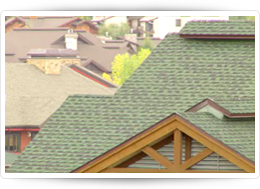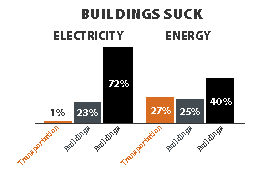
Unless you’ve lived in isolation the past several years, you have no doubt heard there is something going on with the environment. Again. The media has saturated the airwaves and printing presses with countless reports that, via Anthropogenic Global Warming (AGW), the glaciers are melting, the oceans are rising, the rainforests are rapidly becoming nonexistent, the temperature of the earth’s near surface air and oceans has been rising since the mid-20th century - the end is near unless society succumbs to social engineering changes constructed by political and corporate sponsored programs such as Cap and Trade. It has been determined the earth is warming at an alarming rate and, with neither established protocol for peer review or debate, being proclaimed that the science is now settled. But what had science informed us in the past? Well, another report of near global destruction. In 1974, Time magazine printed an interesting expose titled “Science: Another Ice Age?” The scientific claim, then, was the earth was cooling at an alarming rate, as evidenced by scores of scientific data and examples, similar to the ones we read about today – global food shortages were predicted then as well. According to the Time magazine article, University of Toronto Climatologist Kenneth Hare, a former president of the Royal Meteorological Society warned:
“I don’t believe that the world’s present population is sustainable if there are more than three years like 1972 in a row.”
We could somehow surmise society took heed and, in the blink of a cosmic second, over corrected? Confused? You should be. Why then is this being discussed here? Because you, the consumer, must understand. In essence, there are two camps concerned about the environment. In one corner are the environmentalists – those who believe in Environmentalism. As expressed by well-known author Michael Crichton from his September 15, 2003 speech at the Commonwealth Club, San Francisco, CA, Environmentalism as Religion :
“One of the most powerful religions in the Western World is environmentalism. Environmentalism seems to be the religion of choice for urban atheists.”
“It seems facts aren’t necessary, because the tenets of environmentalism are all about belief. It’s about whether you are going to be a sinner or saved. Whether you are going to be one of the people on the side of salvation, or on the side of doom.”
“Because in the end, science offers us the only way out of politics. And if we allow science to become politicized, then we are lost. We will enter the Internet version of the dark ages, an era of shifting fears and wild prejudices, transmitted to people who don’t know any better. That’s not a good future for the human race. That’s our past. So it’s time to abandon the religion of environmentalism, and return to the science of environmentalism, and base our public policy decisions firmly on that.”
In the other corner stand those who are pro-environment, but anti-environmentalists. The pro-environment group is indeed concerned about the environment, but believes more reasoned assessments and subsequent remedies should be exercised - in other words, responsible sustainability.

So what do we know? What we do know is the fact the earth has survived numerous cyclic changes in climate and will continue to do so, with or without human intervention. However, what we have to understand is there is no argument that population growth and development practices and lifestyles do, in fact, cause harm to the environment. Those who are pro-environment get that. Environmental issues today are being successfully addressed through reasonable green building codes and green building rating systems. For both residential and non-residential construction, green building codes are being mandated throughout the country to address energy and water conservation, carbon dioxide emissions and an array of other environmental and health issues. And many will do so to varying degrees by offering optional increased levels of green construction.
Also what we know is that the participation of the family, as consumers, is of vital importance to the success of responsible environmental stewardship. These are the voices of influence, who rarely succumb to the messages from extremists on either side of the argument. This is why it is important for them to learn about the argument and then understand the reasonable and responsible responses toward solutions.












